Citing Europe where there are many four-lane highways without emergency lanes but people have good traffic awareness, Minister of Transport Nguyen Van Thang said that along with infrastructure investment, it is necessary to change the habits of traffic participants.
At the morning discussion session on the socio -economic situation on October 26, delegate Dao Chi Nghia (Can Tho) stated that voters are very concerned about handling black spots of traffic accidents on highways. Voters are also concerned about investing in 2-lane highways without emergency lanes.
Mr. Nghia suggested considering investing in emergency lanes on the highway to ensure handling of situations, and when there is a traffic incident, there will be an exit point to avoid local congestion.
Delegate Dao Chi Nghia reflected on the problem of sand scarcity for highway construction, especially when the Mekong Delta is implementing 600km of vertical axis and 600km of horizontal axis.
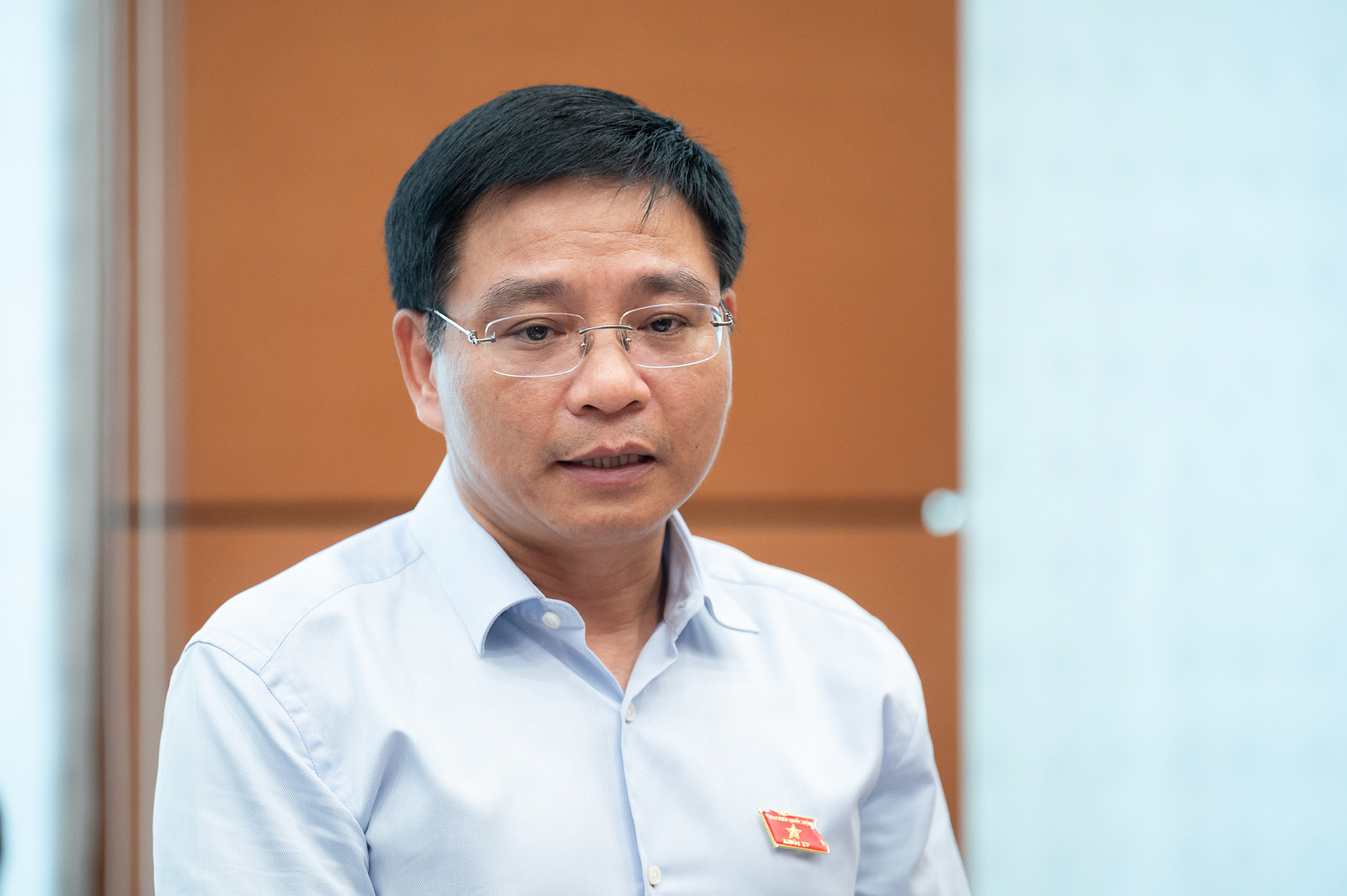
Speaking afterwards, Minister of Transport Nguyen Van Thang said that during this term, the Government has given strong direction to upgrade two-lane highways. The National Assembly and the Government's previous decision to implement two-lane highways was reasonable, because in reality, many routes have very low traffic volume, but after a period of development, the need for upgrading is natural.
The Ministry of Transport is also upgrading expressways from 2 to 4 lanes and some limited 4-lane routes to full and larger ones.
Minister Nguyen Van Thang said that in Europe, many four-lane highways still do not have emergency lanes, but people traveling are very conscious.
“At that point, people accept to slow down and go slowly. Therefore, the road does not necessarily have to be big or wide. The bigger the road, but if awareness is not high, the more catastrophic the accident,” said Mr. Thang.
He cited statistics that more than 90% of traffic accidents are caused by the awareness of traffic participants, so along with infrastructure investment, there must be solutions to change the habits and culture of traffic participants.
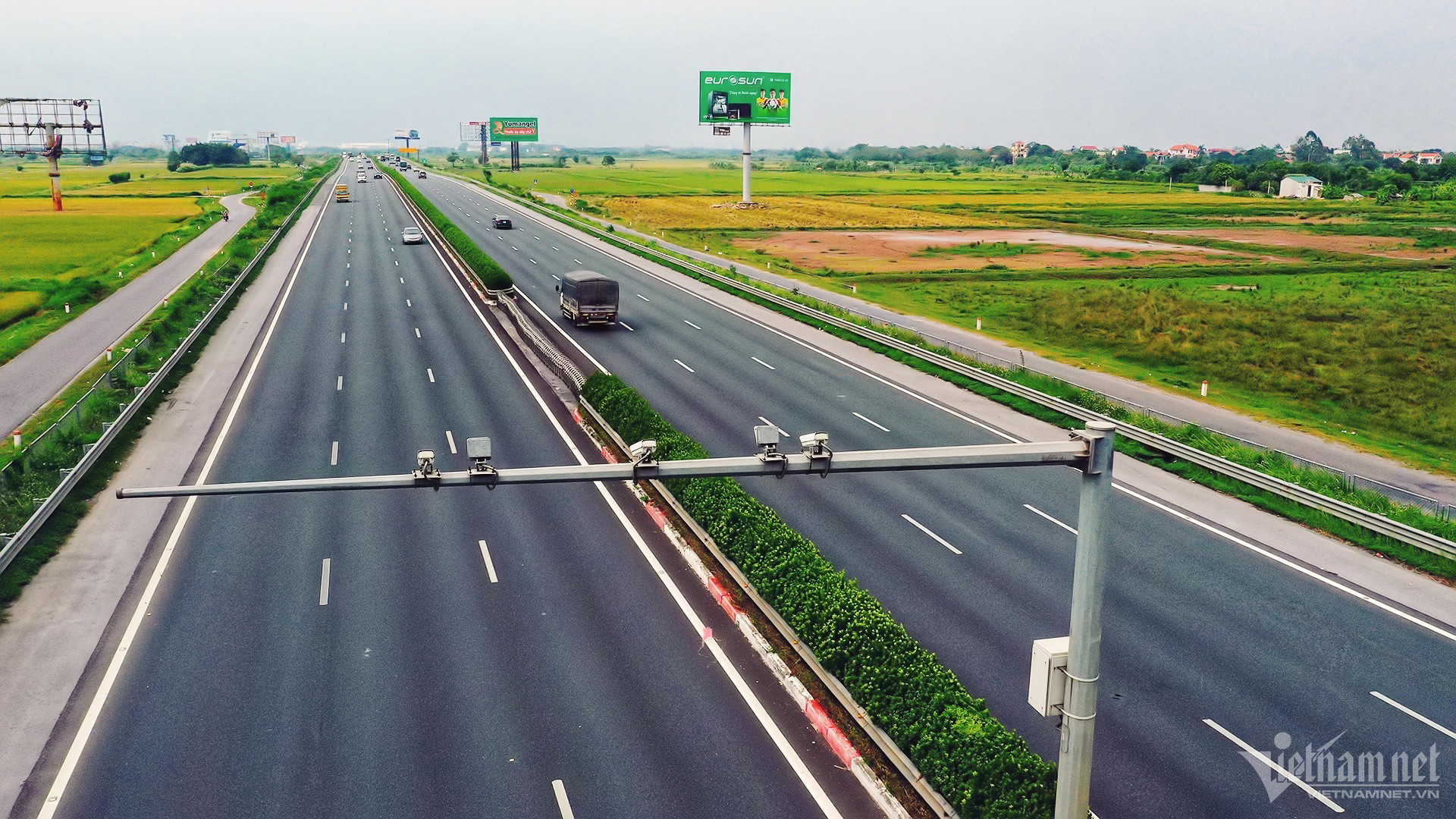
Regarding filling materials, Minister Nguyen Van Thang said: "According to reserves and practical needs, we do not lack sand, but during this term, the Government is very interested in promoting infrastructure in the Mekong Delta. When many projects have to be implemented at the same time, the demand for sand increases suddenly, leading to local shortages."
Therefore, it takes a lot of time for localities to follow the correct procedures, forcing the National Assembly to issue many specialized resolutions to promote and reduce procedures.
Recently, thanks to the determination of the Government and the National Assembly, more than 72.3 million m3 of river sand has been basically cleared, of which about 40 million m3 have been licensed for exploitation, the remaining 32.3 million m3 are in the process of completing procedures.
The government has also directed ministries and sectors to study sea sand as a source of filling material. The Ministry of Transport said that sea sand is of good quality, does not cause salinity problems and has high adhesion. So far, Soc Trang province has licensed about 5.5 million cubic meters of sea sand to serve the Can Tho - Ca Mau expressway.
Exploiting sea sand instead of river sand is estimated to help reduce pressure on river sand resources. In Soc Trang, if fully calculated, it is estimated that there are about 14 billion m3 of sea sand, with 145 million m3 licensed in just one area.
This source of material is abundant and the Ministry of Transport is expanding the pilot use of sea sand for highways in the North and Central regions. It is expected that by the end of this year, it will announce the permission to widely use sea sand for the entire highway.
The Minister of Transport also provided more information about major railway routes. The North-South railway has three sections: Lang Son - Hanoi, Hanoi - Ho Chi Minh City, Ho Chi Minh City - Can Tho.
The Lang Son - Hanoi route is currently operating with a mixed gauge (including 1,000mm and 1,435mm gauges). In the near future, the Government will continue to submit to the National Assembly to upgrade this section. It is expected to propose operating with standard gauge for passenger and cargo transport, with a speed of about 200km/h.
Regarding the Ho Chi Minh City - Can Tho route, the Ministry of Transport is preparing to complete a pre-feasibility report to submit to the Government and the National Assembly. The route will operate on a standard gauge railway with a design speed of 200km/h, transporting passengers and goods at about 170m/h, with a length of 174km, and a total estimated investment of 9 billion USD (equivalent to 220,000 billion VND).
This project will be divided into 2 phases, in which phase 1 will cost about 155,000 billion VND, exploiting the transport of both passengers and goods due to the huge demand for goods. When put into operation, the travel time from Ho Chi Minh City to Can Tho will be only 1 hour.
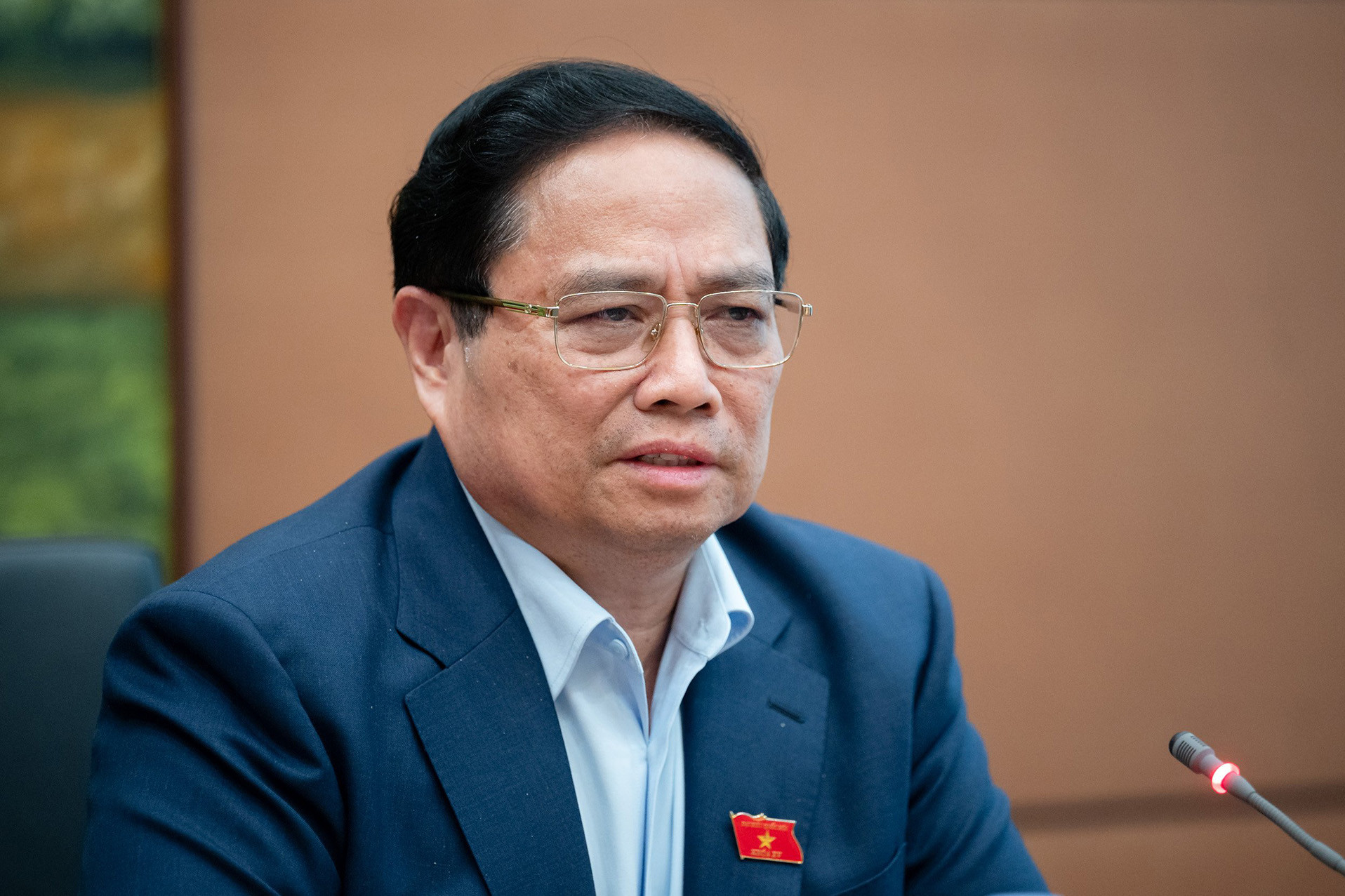
Prime Minister: Highway construction 'just discuss, no backtracking, it will be done'
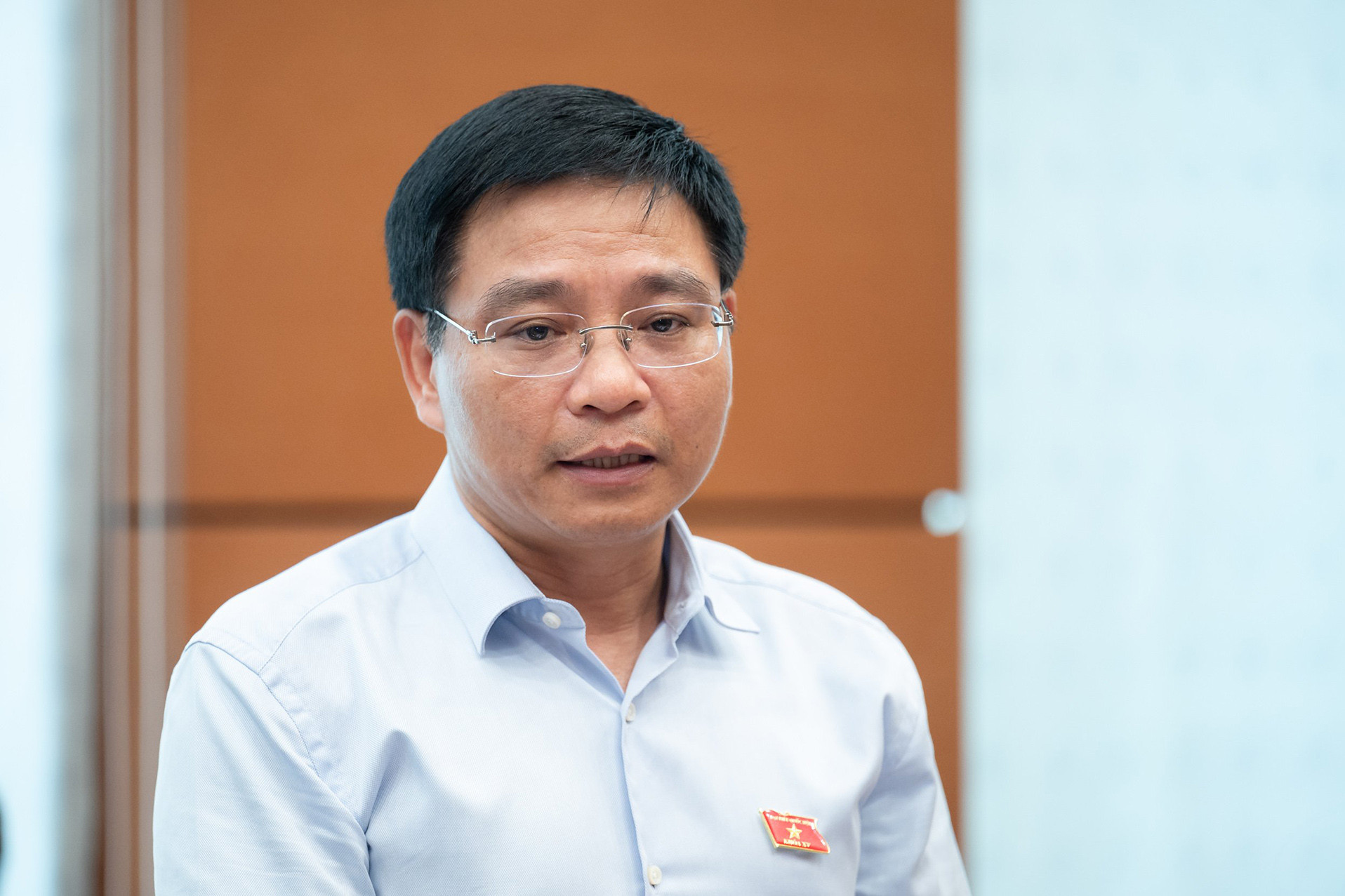
Minister of Transport: Whatever foreign highway rest stops have, Vietnam has it all
Source: https://vietnamnet.vn/bo-truong-gtvt-duong-cang-to-nhung-y-thuc-khong-cao-tai-nan-cang-tham-2335812.html







![[Photo] Prime Minister Pham Minh Chinh and Prime Minister of the Kingdom of Thailand Paetongtarn Shinawatra attend the Vietnam-Thailand Business Forum 2025](https://vphoto.vietnam.vn/thumb/1200x675/vietnam/resource/IMAGE/2025/5/16/1cdfce54d25c48a68ae6fb9204f2171a)
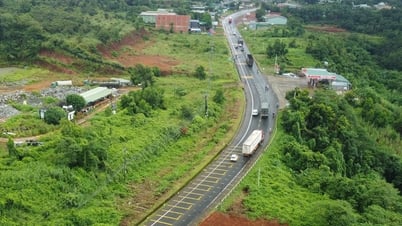

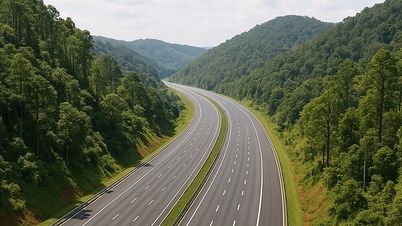


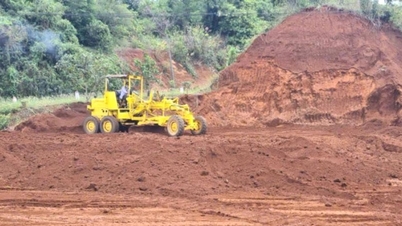
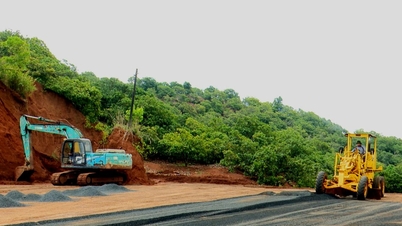





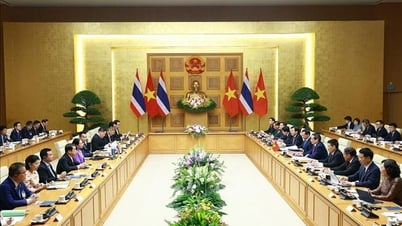



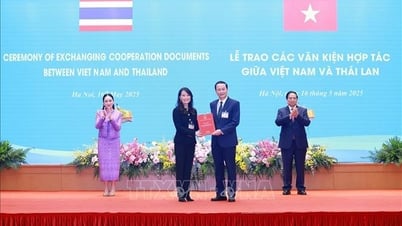





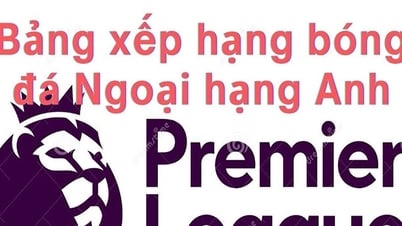




![[Photo] President Luong Cuong receives Prime Minister of the Kingdom of Thailand Paetongtarn Shinawatra](https://vphoto.vietnam.vn/thumb/1200x675/vietnam/resource/IMAGE/2025/5/16/52c73b27198a4e12bd6a903d1c218846)

























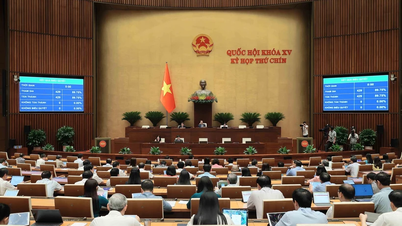

















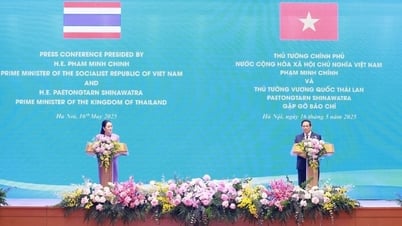
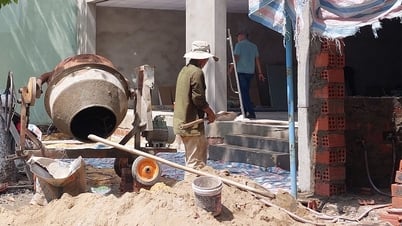












Comment (0)